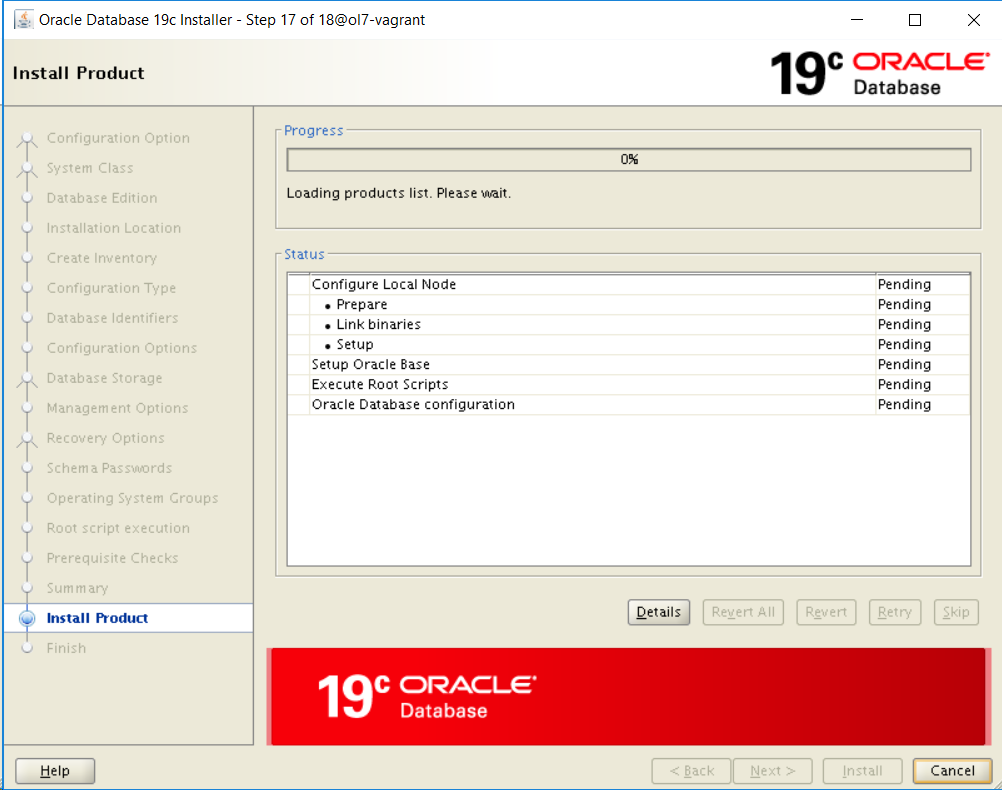

Help Text: this field can be used to explain the purpose of the variable, and will be shown in the Expression Editor when the variable is listed. The value is reset to this value every time the callflow starts. Initial Value: this is the value that will be assigned to the variable every time a new call is going to be processed. Accessibility: use ReadWrite if you need to change the value during your callflow, or set it to ReadOnly if the initial value will never be changed. Name: this is the name you will use to reference this variable along your app. When creating a variable you need to define: Click on the button on the right to open the “Variable Collection Editor” and create as many variables as you need. To create variables, go to the “Project Explorer” panel, select the project, callflow, dialer or component, depending on the variable level you want to use, and then go to the “Properties” panel, which shows the Variables item. A value set in call 1 cannot be seen in call 2, as they are independent. When the system is processing more than 1 call at a time, each call has its own set of variable instances. the value can be changed later during call processing. can only be assigned the first time during initialization, or read-write, i.e. Private variables are only visible internally for the user-defined component. Public variables are visible by the parent callflow, dialer or user component, and can be used to set parameters and customize the component behavior. User-defined component level : these variables can be public or private. Callflow or Dialer level : these variables are visible within the callflow or dialer, but cannot be seen by any child component. These are global variables that can be used to share data between project objects, e.g. Project level : variables defined at this level can be used across the project by any callflow, dialer or user-defined component. You can define variables to use in your project, at different levels: Variables are like “boxes” with a name that you can store a value and retrieve it later. This guide describes the relevant components available. 
To do this, we need to use variables, loops and conditions. Or we may need to let the caller retry entering an ID, iterating a number of times a set of components, e.g. For example, if we confirm a customer ID and PIN validity via a database, we may need to transfer the call to a specific call queue and perform an action, else perform another action. Self-managed (Private cloud - On-premise)ĭuring a call flow, we usually need to make decisions and do different things depending on different conditions.I found it very helpful to read and re-read. When you see the self->_foo you know without ambiguity that _foo is a member variable on this instance.īy the way, discussion of pros and cons of property accessors versus direct ivar access is exactly the kind of thoughtful treatment you'll read in Dr.
#CHANGE READONLY DECLARED VARIABLE TO READWRITE LINUX CODE#
But I prefer using the self+arrow because it makes my code self-documenting. You may be able to omit that, and just use the var name. Using self-> is a way to access a member variable of the object/instance. But you never see that declaration in your original source code file. You can do so even without declaring that underscore-named variable! Xcode is inserting that declaration as part of the build/compile process, so your compiled code will indeed have the variable declaration. The simplest way around this is to directly access the member variable, named with the underscore. The dot notation fails because the compiler stops you from calling a method (the setter) that does not exist. The readonly means simply that no setter method was synthesized, and therefore using the dot notation to set a value fails with a compiler error. That means the backing variable, named with the underscore, is not itself readonly. If the property was declared readonly, no setter is generated. These methods are implicitly called when you use the dot notation (my Object.myMethod). If the property was declared readwrite, Xcode generates a getter method named foo and a setter named setFoo. m file.Īfter declaring a property foo, you can assume Xcode has added a private member variable named with a prefix of underscore: _foo.
Re-declaring the property in the implementation. No muss, no fuss.Īs of Xcode 4.4 and LLVM Compiler 4.0 ( New Features in Xcode 4.4), you need not mess with the chores discussed in the other answers: Self->_foo = // Notice the underscore prefix of var name. h (strong, nonatomic, readonly) NSString* foo Here's a simpler way: Directly access the private member variable.






 0 kommentar(er)
0 kommentar(er)
